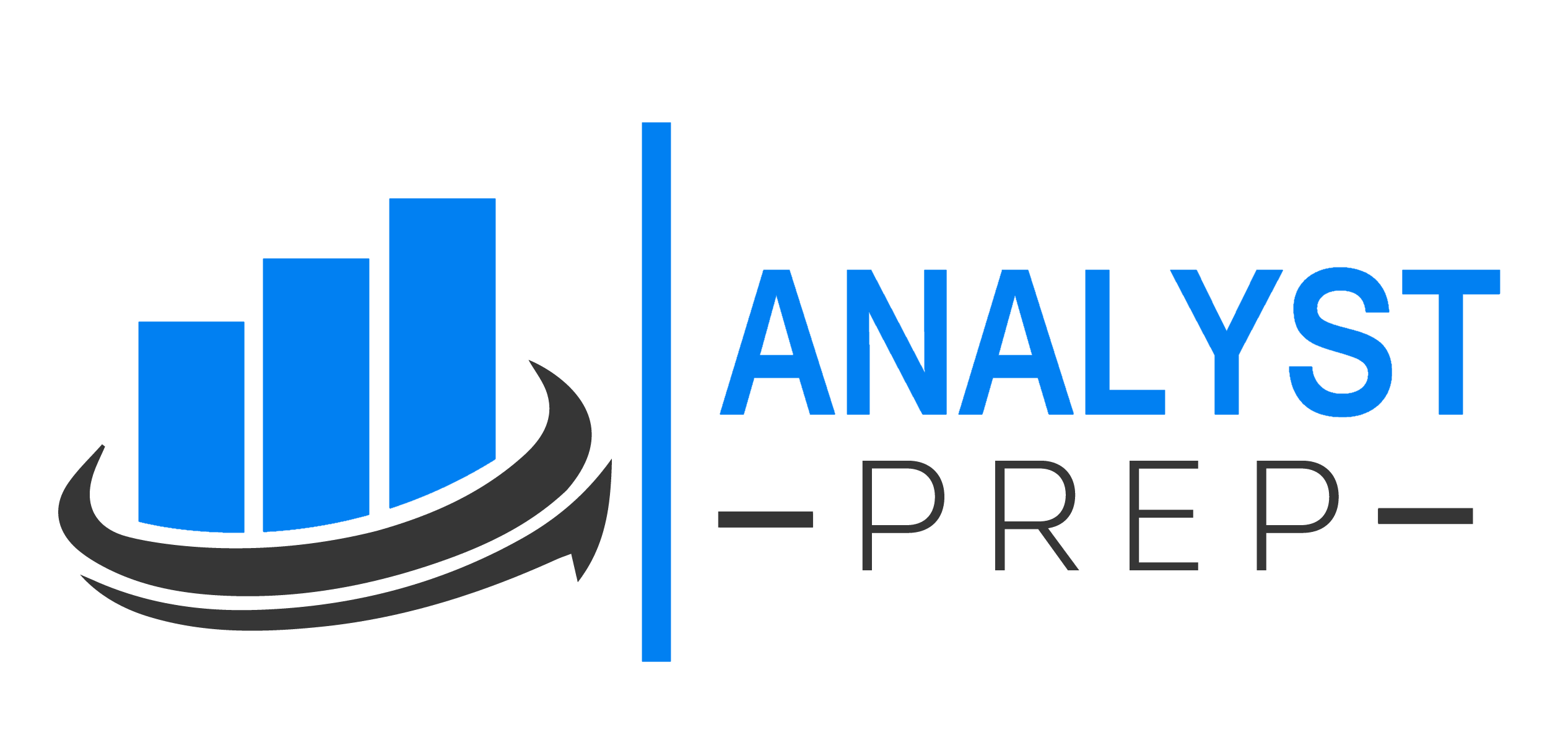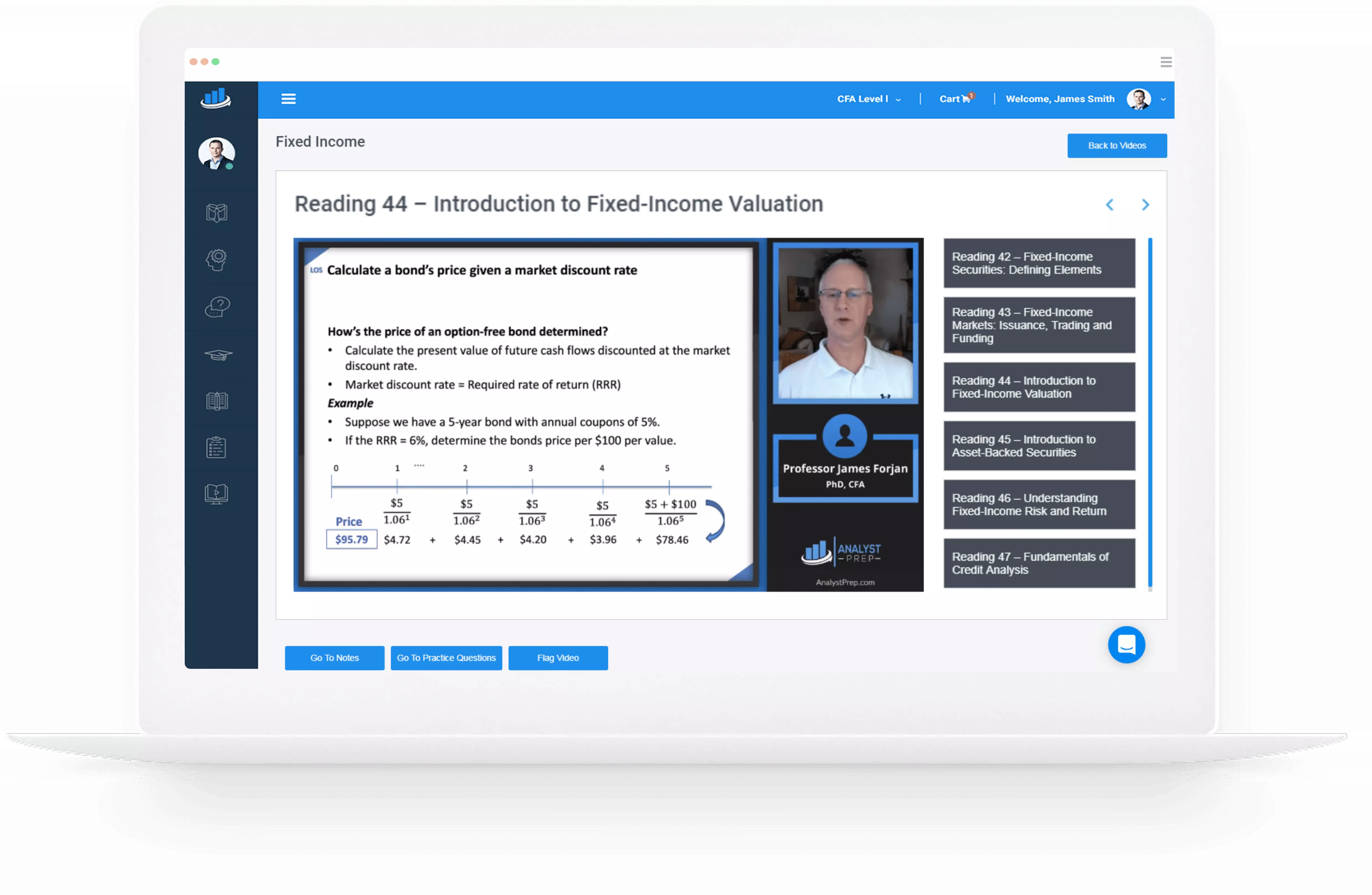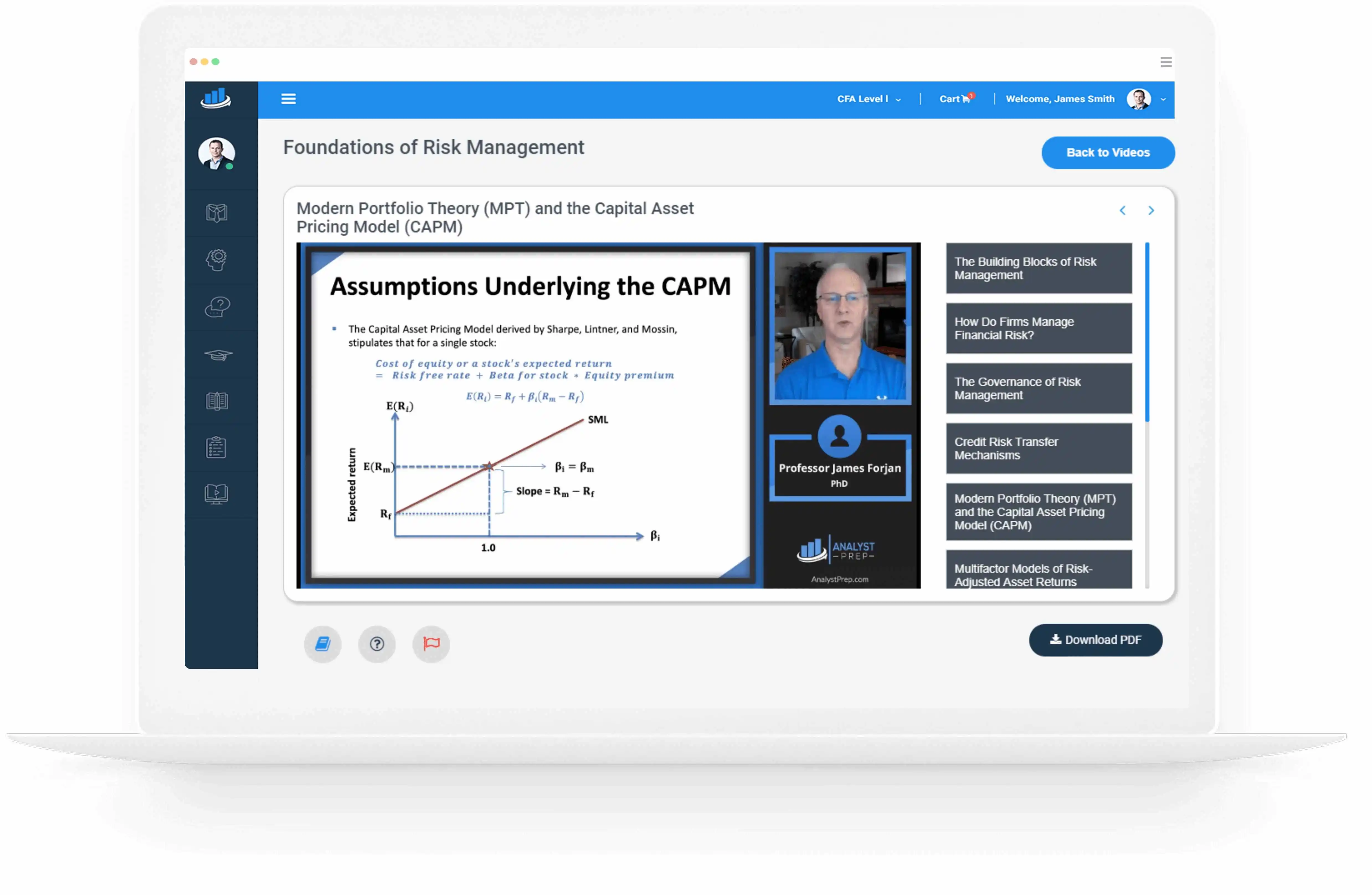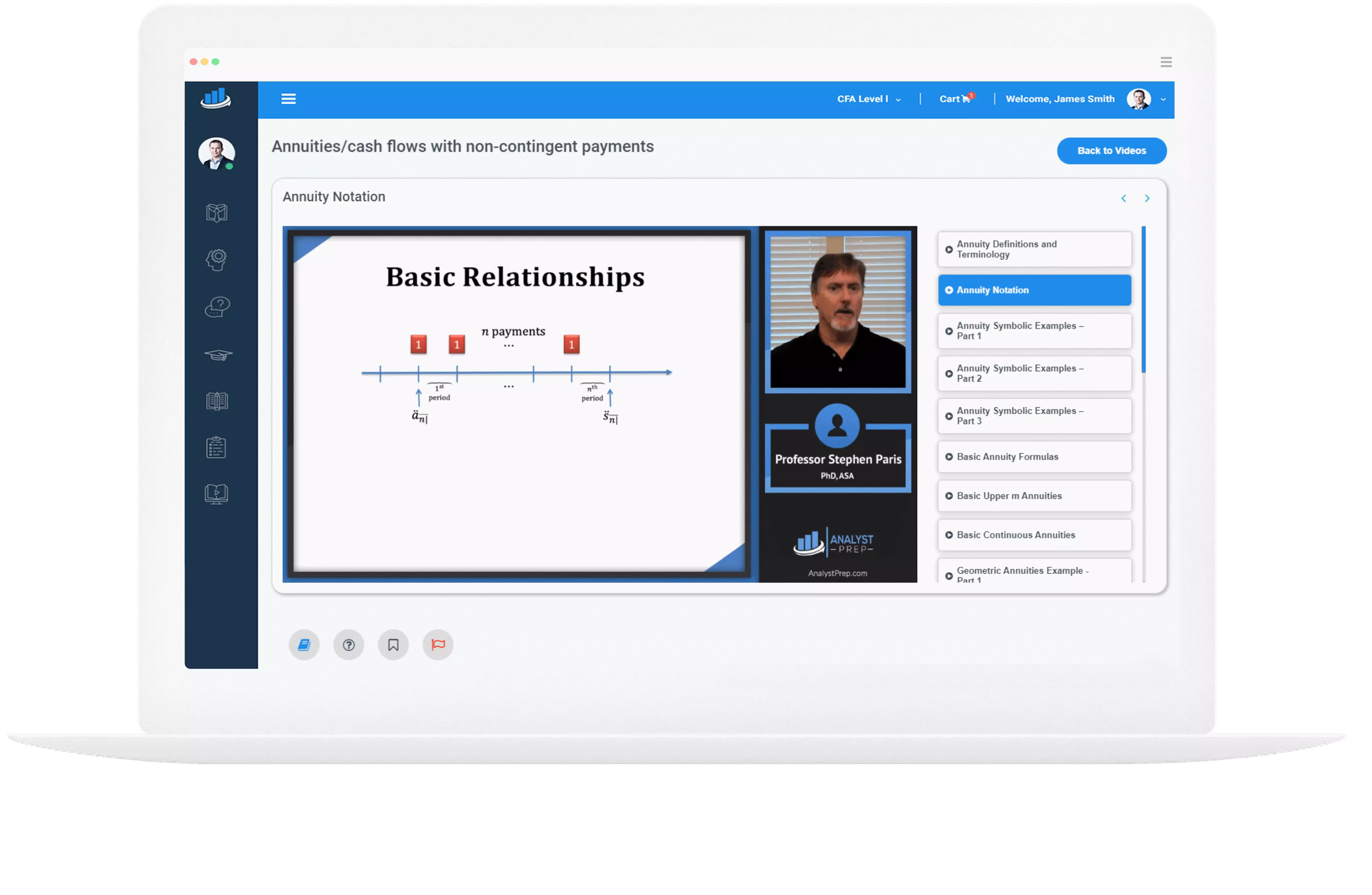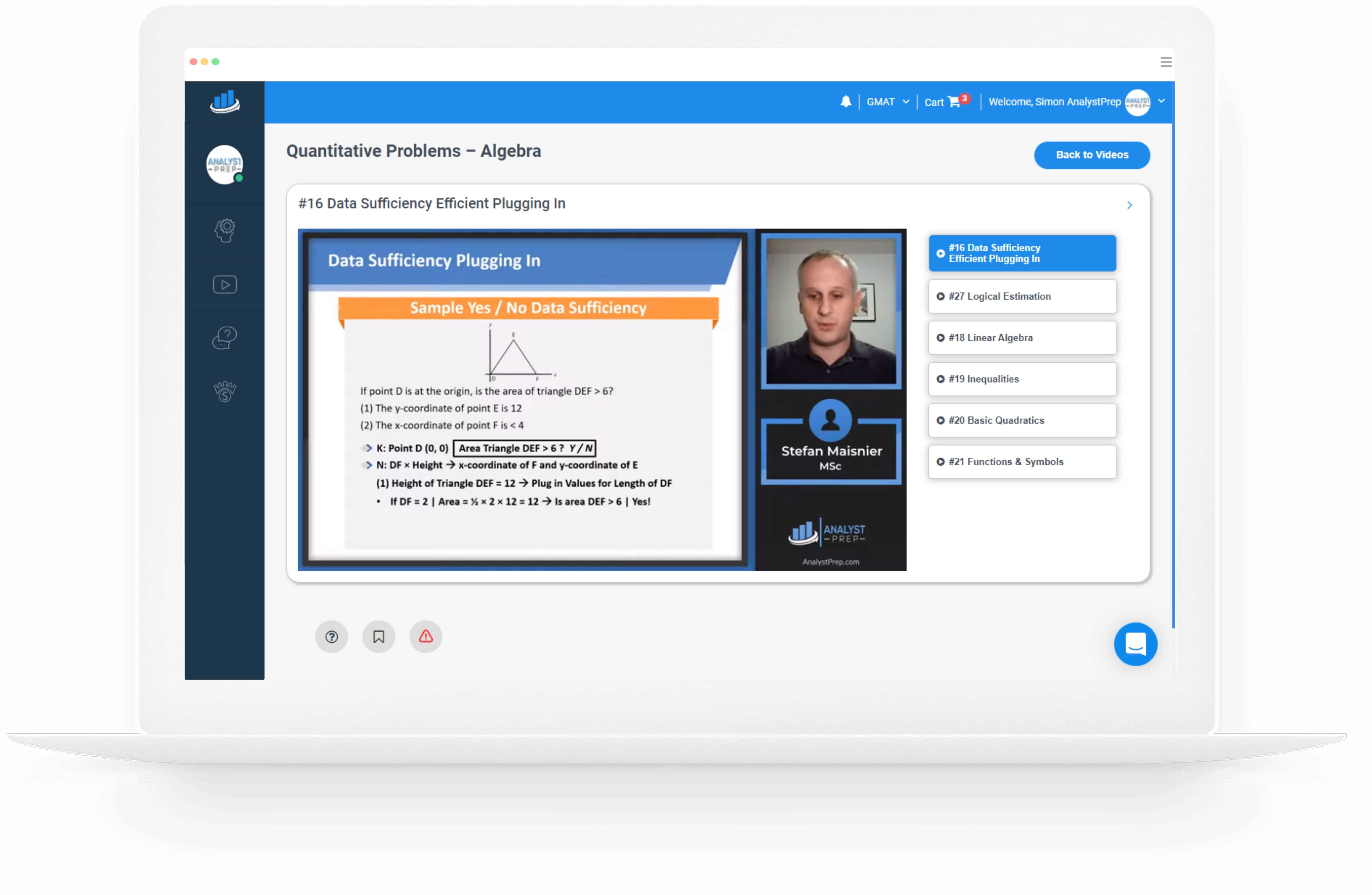Fundamentals of Probability
After completing this reading, you should be able to: Describe an event and an event space. Describe independent events and mutually exclusive events. Explain the difference between independent events and conditionally independent events. Calculate the probability of an event for…
Properties of Interest Rates
After completing this reading, you should be able to: Describe Treasury rates, LIBOR, Secured Overnight Financing Rate (SOFR), and repo rates, and explain what is meant by the “risk-free” rate. Calculate the value of an investment using different compounding frequencies….
Performing Due Diligence on Specific Managers and Funds
After completing this reading, you should be able to: Identify reasons for the failures of funds in the past. Explain elements of the due diligence process used to assess investment managers. Identify themes and questions investors can consider when evaluating…

Information Risk and Data Quality Management
After completing this reading you should be able to: Identify the most common issues that result in data errors. Explain how a firm can set expectations for its data quality and describe some key dimensions of data quality used in…
Standardized Measurement Approach for Operational Risk
The Basel Committee emphasizes consistency in implementing post-crisis controlling reforms. This consistency improves the flexibility in the banking system, promotes public sureness, and brings a level playing field for international banks. In 2014, a committee addressed flaws in the current…
Classifications and Key Concepts of Credit Risk
Classification Default Model and Value-based Valuations A borrower’s default constitutes default risk. On the other hand, in case of default, the amount recovered is usually than the amount lent. The risk associated with this is referred to as recovery risk….
Spread Risk and Default Intensity Models
After completing this reading, you should be able to: Compare the different ways of representing credit spreads. Compute one credit spread, given others when possible. Define and compute the Spread ‘01. Explain how default risk for a single company can…
Counterparty Risk Intermediation
After completing this reading, you should be able to: Identify counterparty risk intermediaries, including central counterparties (CCPs), derivative product companies (DPCs), special purpose vehicles (SPVs), and monoline insurance companies (monolines) and describe their roles. Describe the risk management process of…
Interest Rate Futures
[vsw id=”VriRcSbsgRU” source=”youtube” width=”611″ height=”344″ autoplay=”no”] After completing this reading, you should be able to: Identify the most commonly used day count conventions, describe the markets that each one is typically used in, and apply each to an interest calculation….
Calculating and Applying VaR
After completing this reading, you should be able to: Explain and give examples of linear and non-linear portfolios. Describe and explain the historical simulation approach for computing VaR and ES. Describe the delta-normal approach and use it to calculate VaR…
